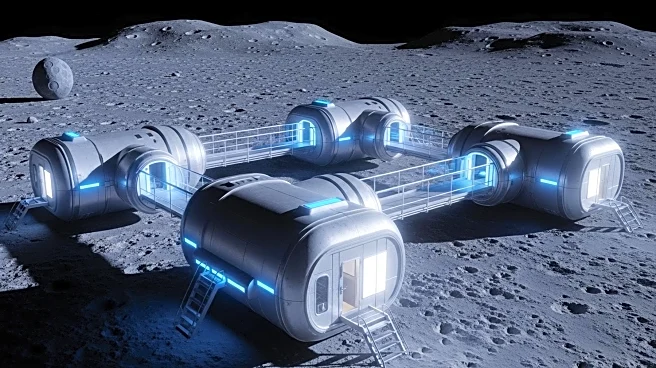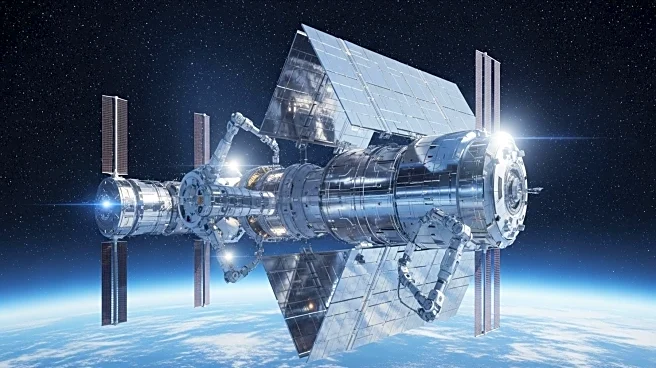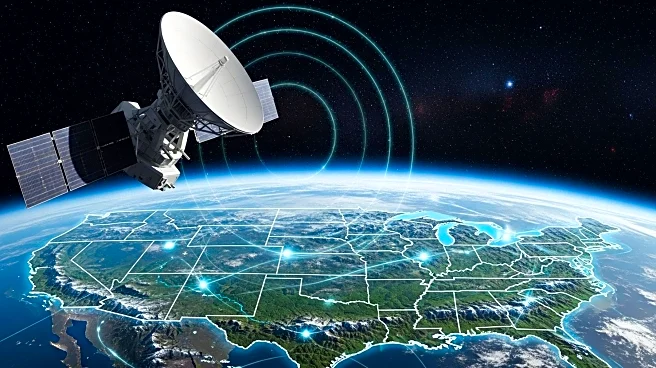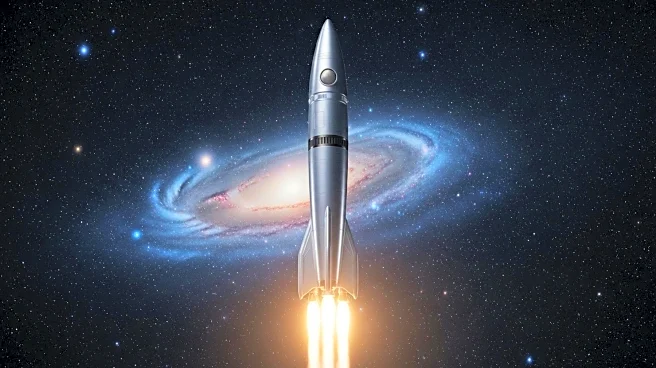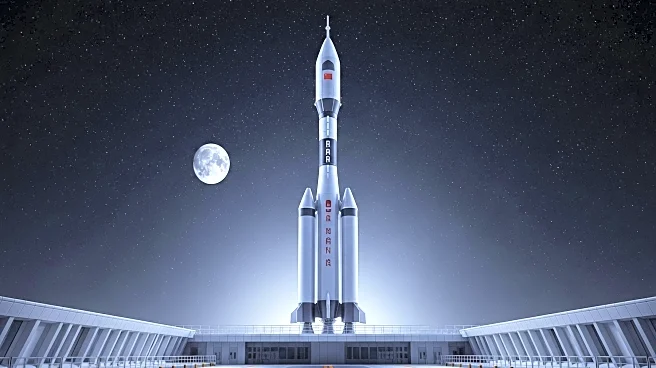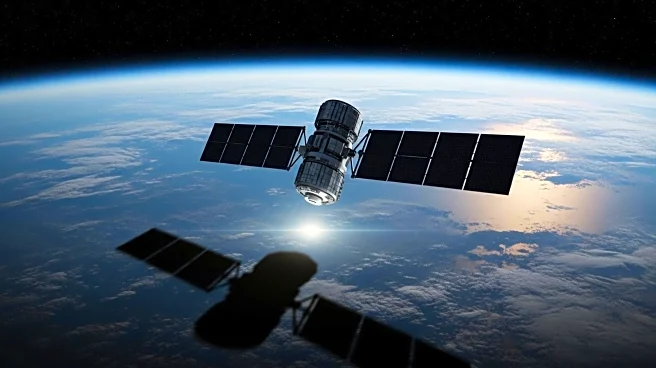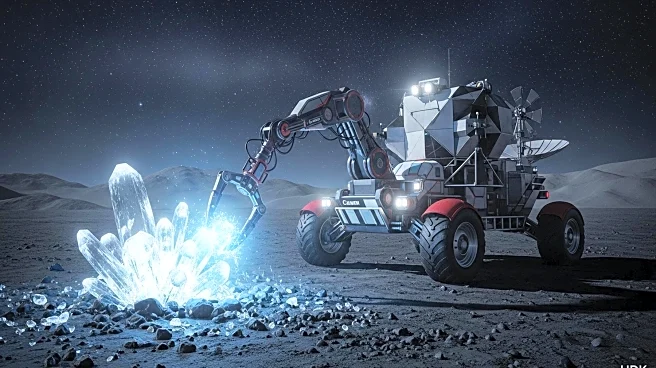What's Happening?
China successfully launched the Shiyan-30 (01) and (02) satellites using a Long March 2D rocket from the Xichang Satellite Launch Center. These satellites are part of China's efforts to test and verify Earth observation technologies. Developed by the Shanghai Academy of Spaceflight Technology, the Shiyan missions are typically used for space environment detection and technology experiments. The satellites were cataloged in circular orbits at an altitude of 590 kilometers. The launch marks China's 10th space mission in September, highlighting an intense period of activity in Chinese spaceflight. The Shiyan satellites are believed to trial new systems such as sensors and communications subsystems, contributing to China's validation of new space technologies.
Why It's Important?
The launch of the Shiyan-30 satellites underscores China's commitment to advancing its space capabilities and technology validation processes. By testing new Earth observation technologies, China aims to enhance its ability to monitor environmental conditions and improve remote sensing capabilities. This development is significant for global space competition, as it demonstrates China's growing expertise in satellite technology and its ability to conduct frequent and successful launches. The Shiyan missions contribute to China's strategic objectives in space, including enhancing its situational awareness and electronic intelligence capabilities.
What's Next?
China plans to continue its active launch schedule, with upcoming missions including a Long March 8A launch and the second Gravity-1 solid rocket. These missions are expected to further expand China's satellite constellation and technological capabilities. The successful deployment of the Shiyan-30 satellites may lead to additional launches aimed at testing and deploying advanced space technologies. China's focus on frequent launches and technology validation suggests a continued investment in its space program, potentially influencing international space policy and collaboration.
Beyond the Headlines
The Shiyan-30 launch reflects broader trends in space exploration, where countries are increasingly focusing on technology validation and environmental monitoring. China's ability to conduct multiple launches in a short period highlights its logistical and technological prowess, which could impact global space dynamics. The development of advanced Earth observation technologies may also have implications for environmental policy and climate monitoring, as improved satellite capabilities can provide more accurate data for decision-making.

